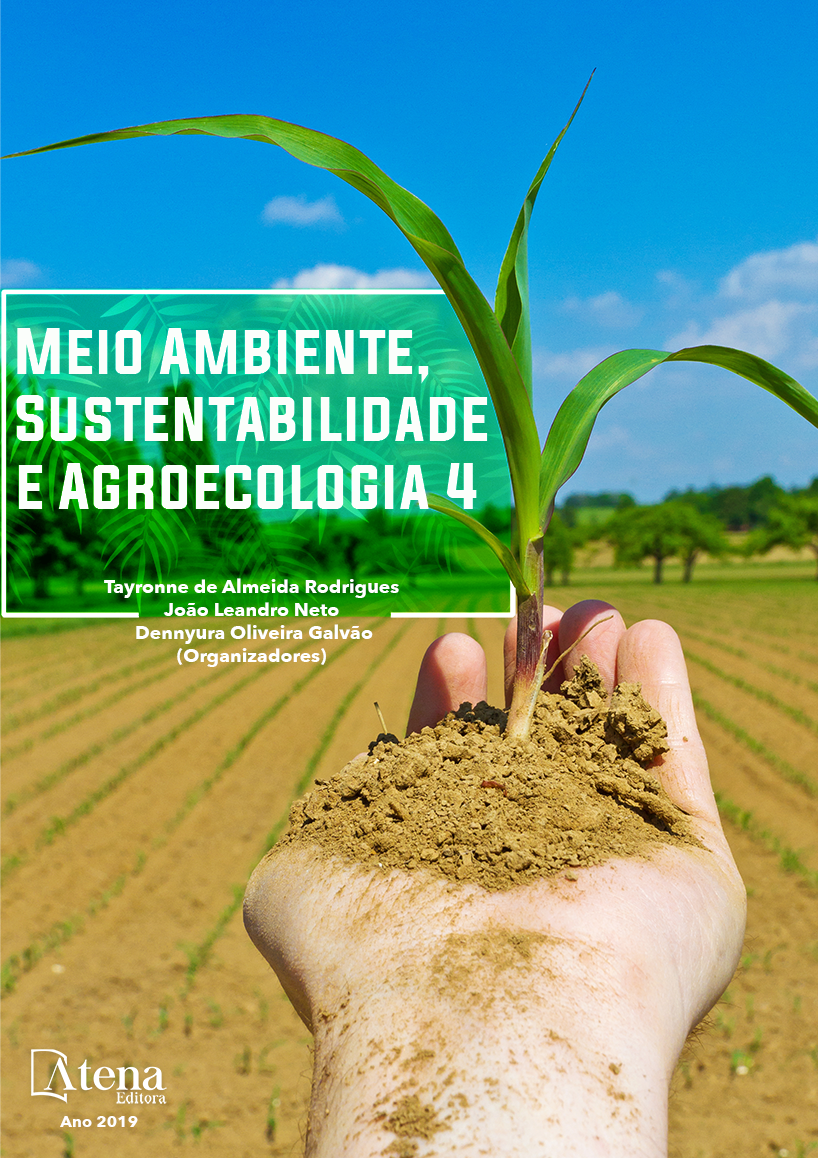
Influence of different percentages of alumina addition in the high energy ball milling process of the AISI 52100 steel
O processo de moagem de alta
energia (MAE) tem sido empregado no campo
acadêmico e na indústria para diversos fins, que
vão desde a produção de ligas e compósitos
até a obtenção de partícula com granulometria
reduzida. É uma rota que pode ser utilizada
para diferentes materiais, dos mais dúcteis aos
mais duros. O aço AISI 52100 é um aço com
alto teor de carbono, utilizado normalmente
na fabricação de rolamento, sendo assim
considerado bastante resistente ao desgaste.
Entretanto, quando atinge o final da sua vida
útil, não possui um método de reciclagem
adequado. Já a alumina é um material cerâmico
aplicado em diferentes áreas, devido a sua alta
dureza. A confecção de um novo material a partir
dos pós de rolamentos desgastados, com o uso
de alumina, pode ser considerado vantajoso,
não só para o meio ambiente, mas também
para a indústria em geral. Esta pesquisa visou
estudar a influência da adição de diferentes
porcentagens de alumina (1, 3 e 5 %) no
processo de MAE do aço AISI 52100, durante
15 horas de moagem, a fim de determinar a
porcentagem ideal de adição. A caracterização
microestrutural destas partículas foi realizada
via microscopia eletrônica de varredura (MEV)
e granulometria a laser. Os resultados obtidos
indicaram que a adição de 3 % de alumina
resultou em menores tamanhos de partícula
do aço AISI 52100, quando comparado ao aço
moído puro ou com 1 e 5 % de adição.
Influence of different percentages of alumina addition in the high energy ball milling process of the AISI 52100 steel
-
DOI: 10.22533/at.ed.3091916042129
-
Palavras-chave: Moagem de alta energia, Aço AISI 52100, Alumina, Caracterização microestrutural.
-
Keywords: High energy ball milling, AISI 52100 steel, Alumina, Microstructural characterization.
-
Abstract:
The high energy ball milling
process (HEBM) has been employed in the
academic field and in industry for several
purposes, since the production of alloys and
composites, till the obtainment of particles with
reduced granulometry. It is a route that can
be used for different materials, from the most
ductile to the hardest. The AISI 52100 is a steel
with high carbon content, used normally in
the manufacturing of bearings, being this way
considered quite resistant to wear. However,
Meio Ambiente, Sustentabilidade e Agroecologia 4 Capítulo 29 284
when it reaches the end of its useful life, it does not have an adequate recycling
method. The alumina itself is a ceramic material used in different areas, due to its
high hardness. The manufacturing of a novel material from the powders of worn out
bearing, with the use of alumina, can be considered advantageous, not only for the
environment, but also for the industry in general. This research aimed to study the
influence of different percentages of alumina (1, 3 and 5 %) in the HEBM of the AISI
52100 steel, during 15 hours of milling, in order to determine the ideal percentage of
addition. The microstructural characterization of these particles was performed through
scanning electron microscopy (SEM) and laser granulometry. The results obtained
indicated that the addition of 3 % of alumina resulted in smaller particles size of the AISI
52100 steel, when compared with the steel milled pure or with 1 and 5 % of addition.
-
Número de páginas: 15
- Gilbert Silva
- Carlos Alberto Rodrigues
- Geovani Rodrigues
- Bruna Horta Bastos Kuffner


